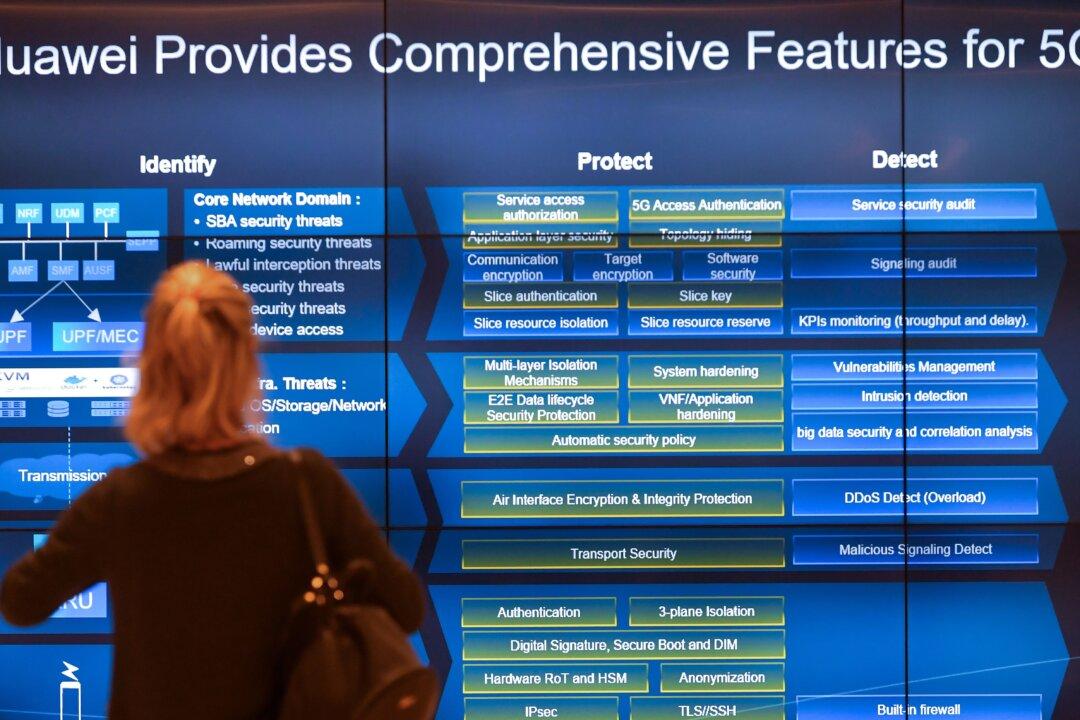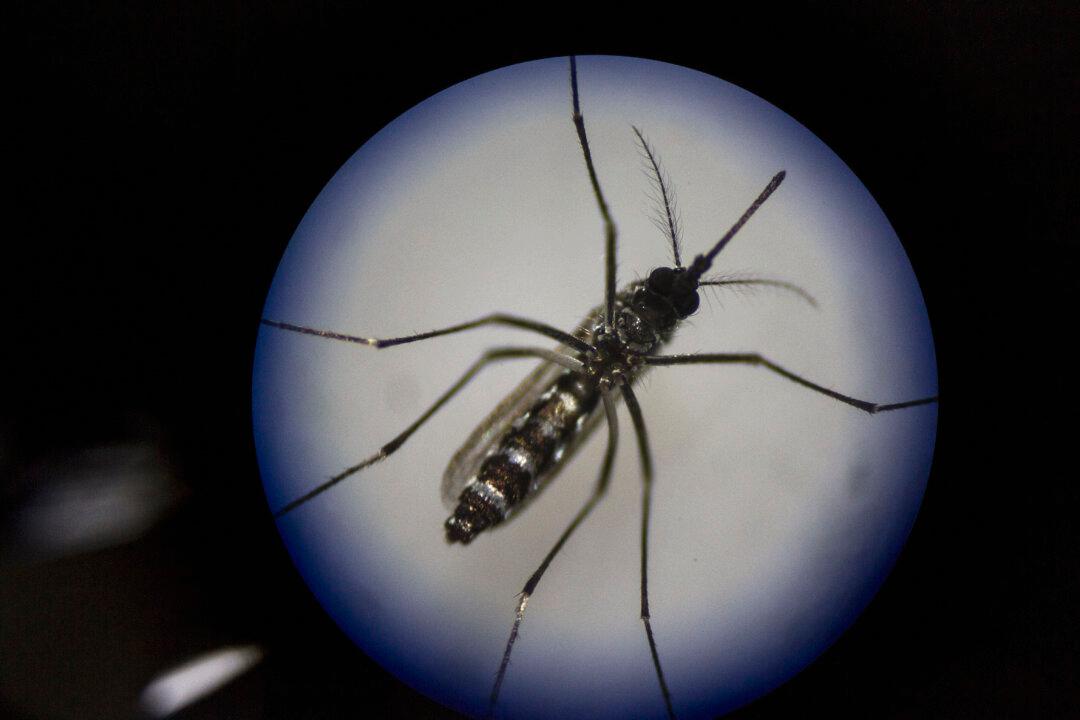This summer not all the news on dolphins was bad. Just last month, a peer-review study confirmed newborn dolphins are given unique names at birth, just like human parents naming their babies when they are born.
For a mother dolphin when she gives birth to a calf tail first—so the baby doesn’t breathe in water and drown—she trills a signature whistle, the dolphin’s name, as the calf rises to the surface to take its first breath.
The baby dolphin knows its name from that indelible moment forward.
In yet another story this past May, a couple of sea mine-detecting dolphins, trained in the U.S. Navy Marine Mammal Program (NMMP), found a 19th century torpedo in San Diego Bay. Who knew Americans made torpedoes right after the Civil War?
The eleven-foot, brass Howell torpedo had been marked by the dolphins during a training exercise. One of the dolphins echolocated the torpedo with its sonar, finding it buried in the sand. The mammal’s sonar is so fine and powerful that a dolphin could ping the hulls of two ships and know the steel on both vessels came from two different sources. It’s one reason why the Navy still uses dolphins in its program today.
For more on the U.S. Navy Marine Mammal Program: http://www.public.navy.mil/spawar/Pacific/71500/Pages/default.aspx
Another use is the dolphins’ ability to detect enemy scuba divers. Several NMMP dolphins were used to guard the 1996 Republican National Convention in San Diego Harbor for that purpose.
Since the 9/11 terrorists attacks and the 2000 bombing of the USS Cole, the Pentagon has deployed trained dolphins to guard ship and submarine bases around the world, including the ones in Puget Sound, Washington. The cold water of the sound and a public outcry forced the Navy to conduct an Environmental Impact Statement (EIS) on the long-term harm that such an environment and exposure to cold could cause on sea mammals raised in the warmer Gulf Stream waters. The Navy released the EIS findings and fielded questions in several public hearings. But in the end, the dolphin as sentries were approved for the cold water service in the Pacific Northwest.
Located on Point Loma peninsula in San Diego, NMMP today cares for, trains, and deploys 75 Navy dolphins around the world. With a program that has lasted more than half a century, there’s a tremendous amount of data on the care, study, and training of the NMMP dolphins that the Navy will hopefully one day release to the public for further study and analysis.
Who knows? Old data on creatures we are still learning about might become useful and produce new insights of them and even our own species as social animals.




